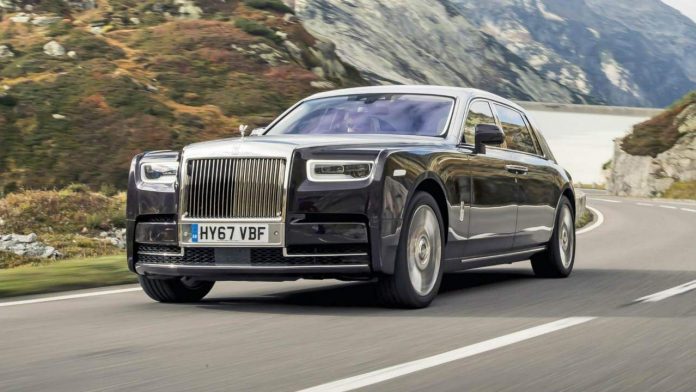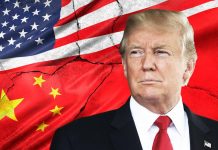
Revenue collected
from the use of luxury vehicles with engine capacities of 2.9 litres and above
yielded only GH¢30.19 million in the first quarter of this year.
This is against a target of GH¢136.53 million, a shortfall of GH¢106.34 million
which represents 77.89 per cent decline, according to a provisional fiscal data
from the Ministry of Finance released on June 17.
The development is likely to threaten the government’s annual revenue target of
GH¢598.13 million from the levy.
Further analysis of the data on public finance indicated that there was a
revenue shortfall for every month since January.
This has sparked concerns as to the kind of background checks undertaken before
the levy was introduced.
For instance, in February this year, six groups staged a demonstration against
the luxury vehicle tax in Accra.
They drove their vehicles in a convoy through some principal streets,
protesting the levy which was introduced by the government in August 2018.
Repeal the levy
In an interview with the GRAPHIC BUSINESS on June 18 in Accra, a tax expert and
Managing Partner of Ali-Nakyea and Associate, Mr Abdallah Ali-Nakyea, stated
that the trend offered a basis for the repeal of the levy in the next budget.
This, he said, was necessary because people were now avoiding vehicles with
engine capacities of 2.9 litres and above and completely put the levy in the
category of nuisance tax.
“The levy falls on the category of nuisance tax because the government could
not even collect 30 per cent of the revenue projected to be collected over the
periotd,” he said.
Given that renewal of vehicle licences often falls between January and
February, he added that the government could not meet its GH¢598.13 million
revenue target.
National conversation
This position was corroborated by the Fiscal Policy Specialist of Oxfam Ghana,
Dr Alex Ampaabeng, who observed that the administrative cost on the collection
of the levy alone offered a basis for national conversation about the tax.
He said given the challenges, the levy needed to be redesigned.
“There are many real luxury vehicles which are allegedly escaping the levy and
that clearly shows the tax was poorly planned.”
“Perhaps there are other indicators which the government must consider.
Year of make and value of the vehicle is one indicator the government can use.”
“The value of the vehicle could clearly be used and the Driver and Vehicle
Licensing Authority (DVLA) should be able to publish the value of these
vehicles per year and this implies that the older a vehicle gets, the less levy
it attracts.
This is just a scenario and a proper thinking could go into it,” he said.
Going forward, Dr Ampaabeng stated, the government needed to engage people to
improve voluntary compliance and not to resort to enforced compliance as the
best way.
“People pay their roadworthy and all associated costs on their cars with
minimal enforcement.
This is the angle the government must look at.”
“For a new levy, the rate is too high. The government must consider reducing
the levy and once it is accepted, the rate could increase yearly, but to start
with GH¢1,000 as the minimum is way too much,” he added.
Background
The vehicle luxury levy was introduced by the government in August 2018 as a
new policy to help raise more revenue.
Vehicles with engine capacity of 2950 to 3549 cubic centimetres are required to
pay GH¢1,000, while those with engines between 3,550 to 4049 cubic centimetres
pay GH¢1,500.
Vehicles with engine capacities above 4049cc are to pay GH¢2,000. The tax also
affects vehicles of the listed capacities existing prior to the passage of the
law.
Exempted from the levy are: tractors, ambulances, commercial vehicles that have
the capacity to transport more than 10 persons and commercial vehicles for the
transport of goods.
Other exemptions as may be prescribed by the minister responsible for finance.
























